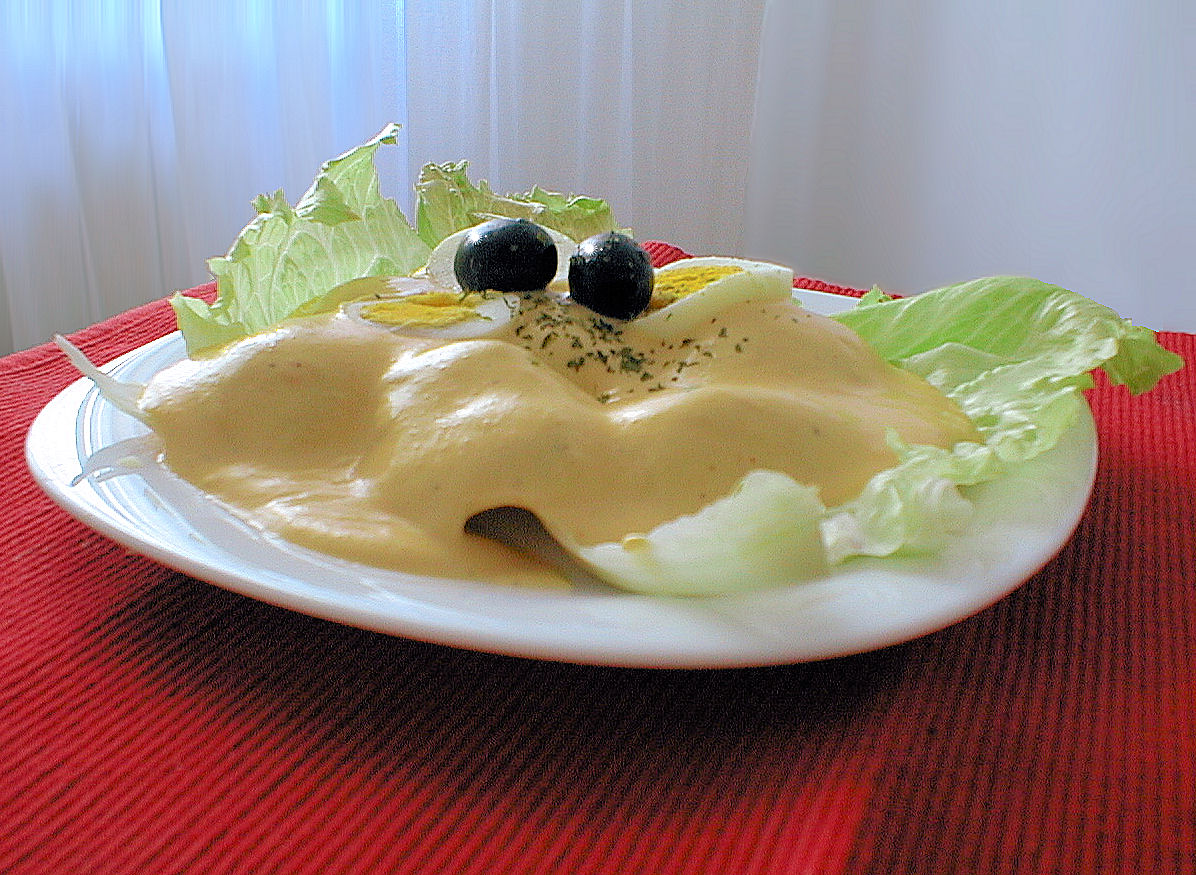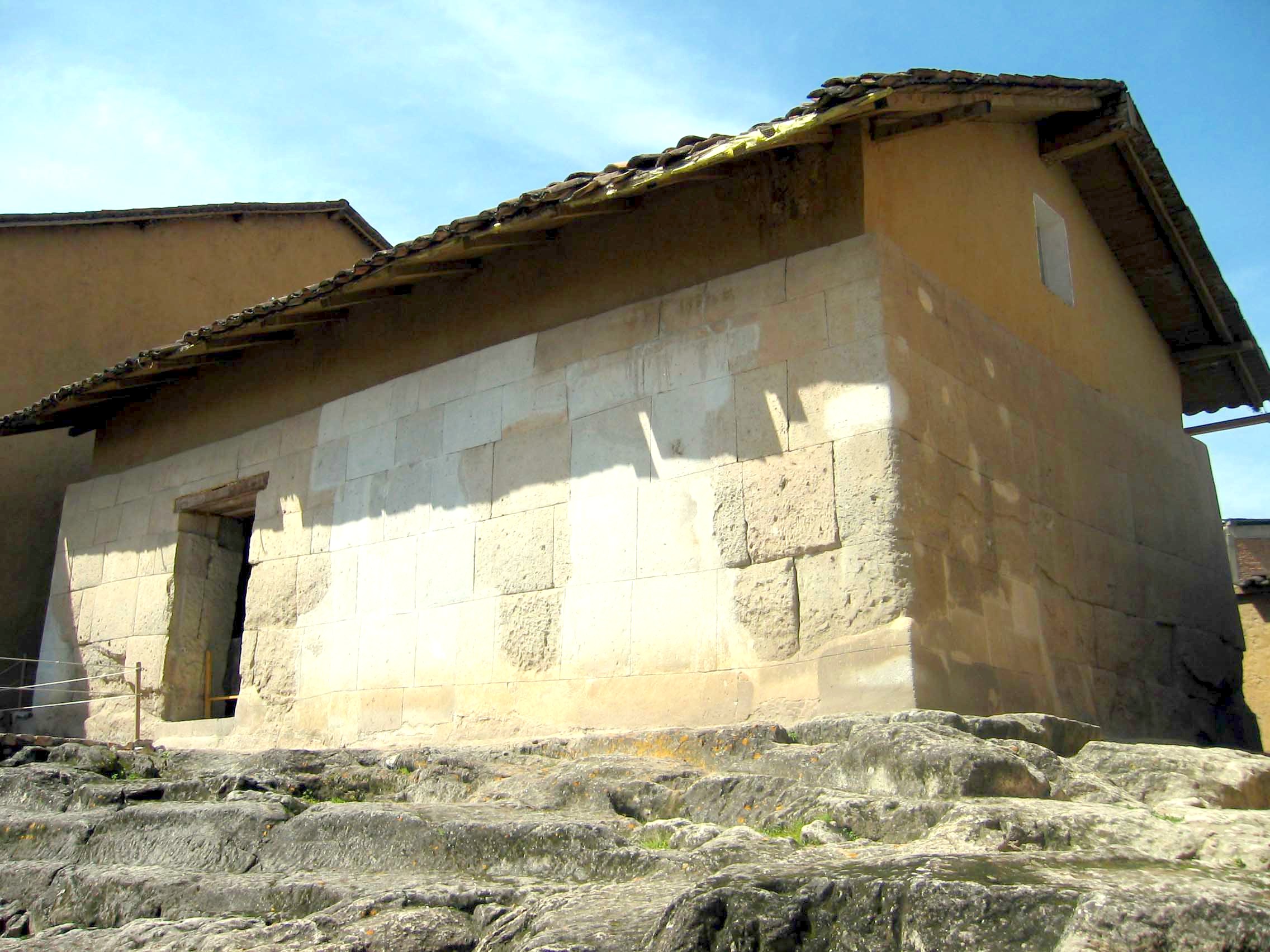|
United Left (Peru)
United Left (in Spanish: ''Izquierda Unida'') was an alliance of leftist political parties in Peru founded in 1980 by Popular Democratic Unity (UDP), Revolutionary Left Union (UNIR), Peruvian Communist Party (PCP), Revolutionary Socialist Party (PSR), Revolutionary Communist Party (PCR) and FOCEP. In 1984 UDP and a part of PCR converted itself into the Mariateguist Unified Party (PUM). PUM integrated itself in IU. IU was led by Alfonso Barrantes Lingán (who lost to Alan García in the 1985 elections) up to 1987. In 1989 IU held its first congress. Gradually the IU disintegrated, with more and more groups deserting it. Recoloured versions of their logo by the Moquegua Entrepreneurial Regional Integration Front in 2018, the Popular Democratic Front in Abancay 2006, the in Cajamarca, the Democratic Left Movement in Lima 2002, New Left Movement, Junín Popular Block Regional Movement in 2022 and the Más San Martín in 2018. The original Go on Country – Social Integrat ... [...More Info...] [...Related Items...] OR: [Wikipedia] [Google] [Baidu] |
Alfonso Barrantes
Alfonso Barrantes Lingán (San Miguel de Pallaques, November 27, 1927 – Havana, December 2, 2000) was a Peruvian politician in the mid-1980s who served as Mayor of Lima from 1984 to 1986. He was the first Marxist mayor of Lima. He ran for President of Peru two times, losing on both occasions. Early life and education He was born in San Miguel Province, Cajamarca, Peru in 1927. He lived with his mother in the Lima Province of San Miguel. He studied law at the National University of San Marcos and became involved with the APRA party which eventually became his political enemy. He became president of the Student Association. Political career Mayor of Lima Affiliated with the United Left Party, he was the mayor of Lima from 1984 to 1986. During his mayoral term, he was known as ''El Frejolito'' (Little Bean) and was known for his campaign to ensure a daily glass of milk for every child in Lima. This program still survives today. His Lieutenant Mayor was Henry Pease. He w ... [...More Info...] [...Related Items...] OR: [Wikipedia] [Google] [Baidu] |
Moquegua
Moquegua (, founded by the Spanish colonists as Villa de Santa Catalina de Guadalcázar del Valle de Moquegua) is a city in southern Peru, located in the Department of Moquegua, of which it is the capital. It is also capital of Mariscal Nieto Province and Moquegua District. It is located 1144 kilometers south of the capital city of Lima. History This region was occupied for thousands of years by successive cultures of indigenous peoples. The Wari culture built numerous monuments, and developed terrace (agriculture), terraced fields to support crop cultivation on hillsides hundreds of years before the Inca conquered them and expanded their territory into this area. Osmore River#Cerro Baul, Cerro Baúl is the remains of a Wari monumental site, on top of a hill outside of Moquegua. Numerous Tiwanaku sites are also in the area. It was an important colonial center for the Tiwanaku state. The valley is the only area of Peru to house both Wari and Tiwanaku ruins. The Chiribaya culture ... [...More Info...] [...Related Items...] OR: [Wikipedia] [Google] [Baidu] |
1980 Establishments In Peru
__NOTOC__ Year 198 (CXCVIII) was a common year starting on Sunday of the Julian calendar. At the time, it was known as the Year of the Consulship of Sergius and Gallus (or, less frequently, year 951 ''Ab urbe condita''). The denomination 198 for this year has been used since the early medieval period, when the Anno Domini calendar era became the prevalent method in Europe for naming years. Events By place Roman Empire *January 28 **Publius Septimius Geta, son of Septimius Severus, receives the title of Caesar. **Caracalla, son of Septimius Severus, is given the title of Augustus. China *Winter – Battle of Xiapi: The allied armies led by Cao Cao and Liu Bei defeat Lü Bu; afterward Cao Cao has him executed. By topic Religion * Marcus I succeeds Olympianus as Patriarch of Constantinople (until 211). Births * Lu Kai, Chinese official and general (d. 269) * Quan Cong, Chinese general and advisor (d. 249) Deaths * Li Jue, Chinese warlord and regent * ... [...More Info...] [...Related Items...] OR: [Wikipedia] [Google] [Baidu] |
La República
''La República'' () is a Peruvian newspaper based in Lima, Peru. It is one of the two main national daily newspapers sold all over the country since it was founded on November 16, 1981. History Founding and early history The paper was founded in 1981 by Gustavo Mohme Llona, a former member of the Peruvian Congress. Peruvian journalist Guillermo Thorndike served as the newspaper's founding editor and had previous experience working for many newspapers in Peru. Under Mohme's leadership, the newspaper was against the candidacy of Mario Vargas Llosa in the 1990 Peruvian general election. Fujimori administration ''La República'' was also the main newspaper in opposition to the government of President Alberto Fujimori, who was in office from 1990 to 2000, reporting on illegal actions performed by the government, Peruvian Armed Forces and intelligence agencies. During his government, journalists from the newspaper faced violence and were placed under surveillance by the ... [...More Info...] [...Related Items...] OR: [Wikipedia] [Google] [Baidu] |
Go On Country – Social Integration Party (2000)
Go on Country – Social Integration Party () was a Peruvian political party. Founded in the northern city of Santiago de Chuco, La Libertad in 2000, the party nominated Ulises Humala, brother of future President Ollanta Humala, for the presidency in the 2006 general election, in the election, the party received 1.1% of the popular vote but no seats in the Congress of the Republic. The presidential ticket itself attained 0.2%, placing fourteenth nationally and subsequently lost its registration. History In early 2005, the party registered in the National Elections Jury and participated in the 2006 general election, launching Ulises Humala as its presidential nominee. At the legislative elections held on 9 April 2006, the party won 1.1% of the popular vote but no seats in the Congress of the Republic. The presidential ticket itself attained 0.2%, placing fourteenth nationally. After losing its formal registration as a political organization, the party began a re-founding st ... [...More Info...] [...Related Items...] OR: [Wikipedia] [Google] [Baidu] |
Department Of San Martín
San Martín () is a department and region in northern Peru. Most of the department is located in the upper part of the Peruvian Amazon rainforest. Its capital is Moyobamba and the largest city in the department is Tarapoto. Geography Boundaries * North and East: Loreto Region * South: Huánuco Region * West: La Libertad and Amazonas regions Morphology The territory of San Martín can be divided into four morphological zones: * the west, near the eastern side of the Andean Plateau, with a rough topography and many ravines; * the zone of the wide valleys, with stepped terraces formed by the Huallaga River and its affluents, where population is engaged mainly in cattle and agriculture; * the southwest zone, with a relief coming down from the Cordillera Azul, with low elevation, where is an impressive canyon known as Cajón de Sión, which finishes in the Cayumba rapids; * a small lower-lying jungle zone with areas easily flooded and with almost no hills. The Huallaga Riv ... [...More Info...] [...Related Items...] OR: [Wikipedia] [Google] [Baidu] |
Department Of Junín
Junín () is a Departments of Peru, department and Political division of Peru, region in the central highland (geography), highlands and westernmost Peruvian Amazon. Its capital is Huancayo. Geography The region has a very heterogeneous topography. The western cordillera, range located near the border with the Lima Region, has snowy and ice-covered peaks. On the east, there are high glacier valleys which end up in high plateaus (''Altiplano''). Among them is the Junín Plateau that is located between the cities of La Oroya and Cerro de Pasco. The Mantaro Valley becomes wider before Jauja up to the limit with the Huancavelica Region. This area concentrates a large share of the region's population. Towards the east, near the jungle, there is an abundance of narrow and deep canyons, with highly inclined hillsides, covered by woods under low-lying clouds. The Waytapallana mountain range is located in the south central area of the region. This range holds a great fault which is ... [...More Info...] [...Related Items...] OR: [Wikipedia] [Google] [Baidu] |
New Left Movement (Peru)
The New Left Movement (Spanish: ''Movimiento Nueva Izquierda'') is a Peruvian political party. At the legislative elections held on 9 April 2006, the party won 1.2% of the popular vote but no seats in the Congress of the Republic. The party ran Alberto Moreno Alberto Moreno Pérez (; born 5 July 1992) is a Spanish professional footballer who plays as a left-back for club Como. An academy graduate of local side Sevilla, he made his senior debut for the club's reserve side in 2011 before going on t ... for the presidency in 2006 gaining 0.3% of the popular vote. References Political parties in Peru Socialist parties in Peru {{Peru-party-stub ... [...More Info...] [...Related Items...] OR: [Wikipedia] [Google] [Baidu] |
Cajamarca
Cajamarca (), also known by the Quechua name, ''Kashamarka'', is the capital and largest city of the Cajamarca Region as well as an important cultural and commercial center in the northern Andes. It is located in the northern highlands of Peru at approximately 2,750 m (8,900 ft) above sea level in the valley of the Mashcon river. Cajamarca had an estimated population of about 226,031 inhabitants in 2015, making it the 13th largest city in Peru. Cajamarca has a mild highland climate, and the area has very fertile soil. The city is well known for its dairy products and mining activity in the surroundings. Among its tourist attractions, Cajamarca has numerous examples of Spanish colonial religious architecture, beautiful landscapes, pre-Hispanic archeological sites and hot springs at the nearby town of Baños del Inca (Baths of the Inca). The history of the city is highlighted by the Battle of Cajamarca, which marked the defeat of the Inca Empire by Spanish invader ... [...More Info...] [...Related Items...] OR: [Wikipedia] [Google] [Baidu] |


